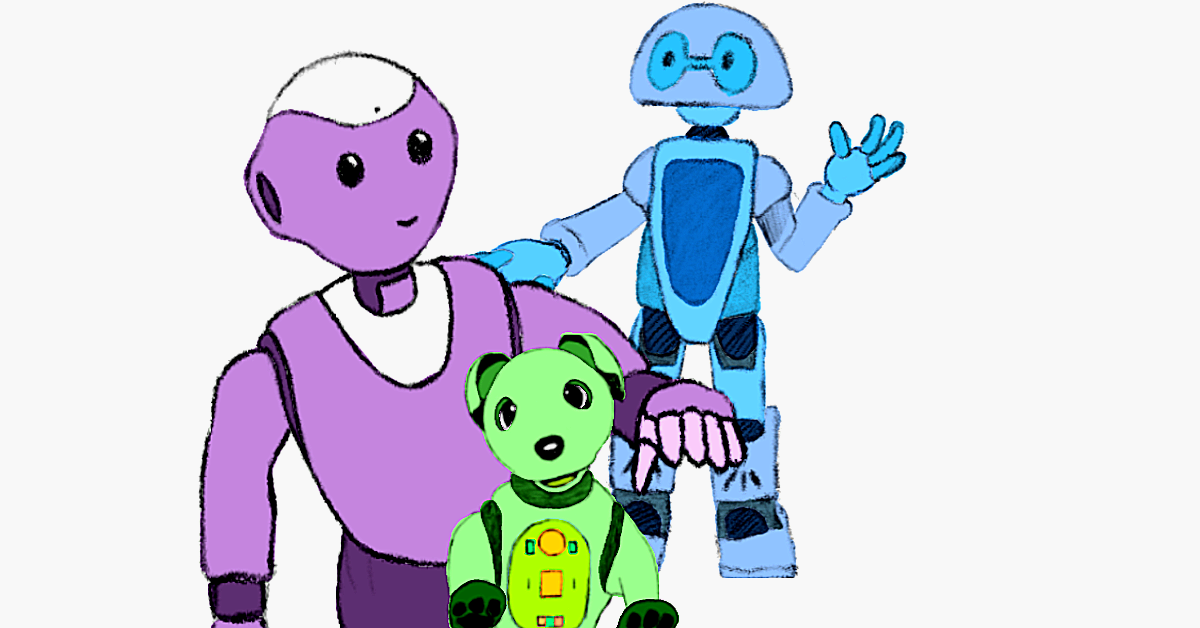UTM opens robotics laboratory to facilitate research and learning
The Undergraduate Robotics Teaching Laboratory opens to assist students in exploring the world of robotics.
On September 7, 2022, the Undergraduate Robotics Teaching Laboratory (URTL) opened its doors to students and researchers alike. Located in room 3110 in the Maanjiwe nendamowinan building, the laboratory provides unparalleled opportunities to learn about robotics at the University of Toronto Mississauga (UTM).
The Medium sat down with associate professor in the Department of Mathematical and Computational Sciences, and Director of the Continuum Robotics Lab, Jessica Burgner-Kahrs, to talk about the laboratory.
According to Burgner-Kahrs, the URTL is primarily used by third- and fourth-year computer science students for robotics courses. Burgner-Kahrs teaches an experiential learning course, CSC376: Fundamentals of Robotics—an introductory robotics course that delves into topics such as robot manipulators, kinematics, and motion planning. The course includes practical sessions in the lab, where students gain hands-on experience in robotics.
“Robotics engineering is one of the fastest growing job markets, and all these new jobs will entail being familiar with these collaborative robots. It will put our students at an advantage in the job market,” states Burgner-Kahrs regarding the importance of the lab.
A key goal for the URTL is to remain running for at least three years. Burgner-Kahrs hopes to work with UTM Facilities and the Office of the Dean to receive greater space for renovation. She also hopes to develop a robotics-related major or specialist that would allow for further use of the lab.
There are numerous robotics-focused groups at UTM, including the Continuum Robotics Lab (CRL), a robotics research lab located on campus. The CRL’s work focuses on continuum robots, which are flexible and limbless machines able to reach areas inaccessible to humans.
Burgner-Kahrs hopes that in the future, continuum robots will be utilized for mechanical and surgical purposes. For instance, the robot could potentially slide through the interior of a jet engine for inspection. Likewise, neurosurgeons may employ such robots to inspect vital brain tissue more conveniently.
As artificial intelligence (AI) advances, there are concerns about the impact of over digitization on the labour market. Some lament that AI would strip them of their jobs, however, Burgner-Kahrs pushes back against the belief: “I have done a lot of research in surgical robotics,” she began. “Robots can’t take over surgeons because human intelligence and intuition is unique.”
As UTM continues constructing facilities with cutting edge technology and equipment, students are given more opportunities to hone their skills and step into bountiful worlds of research and work. The URTL marks an important milestone in experiential learning and will ensure that those pursuing robotics are more practically equipped for the job market.


